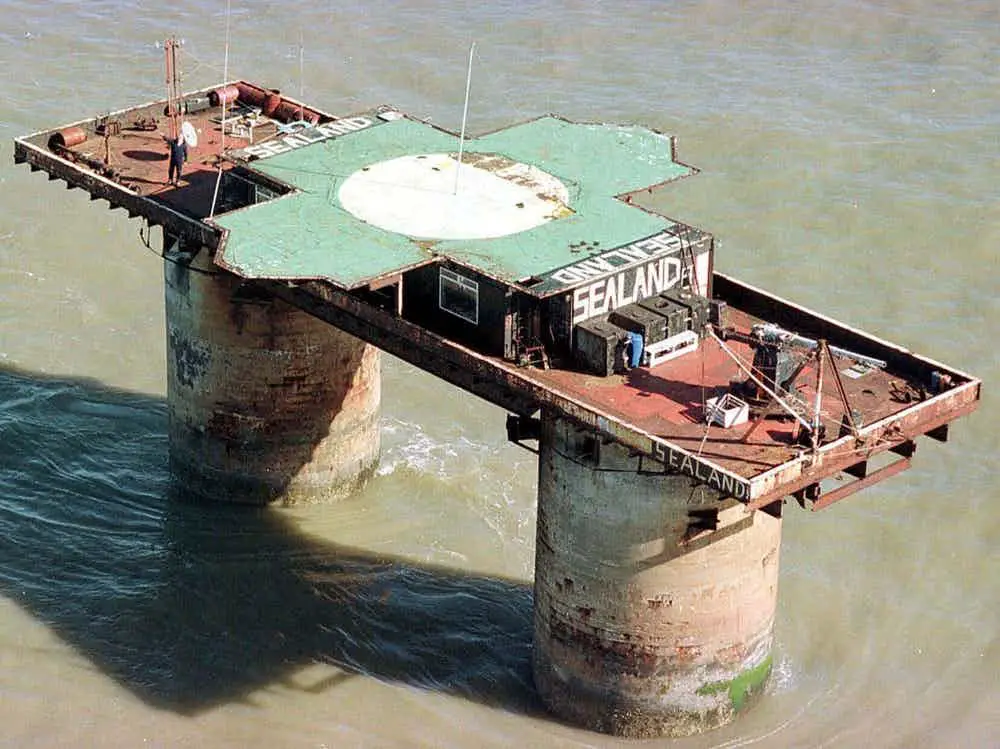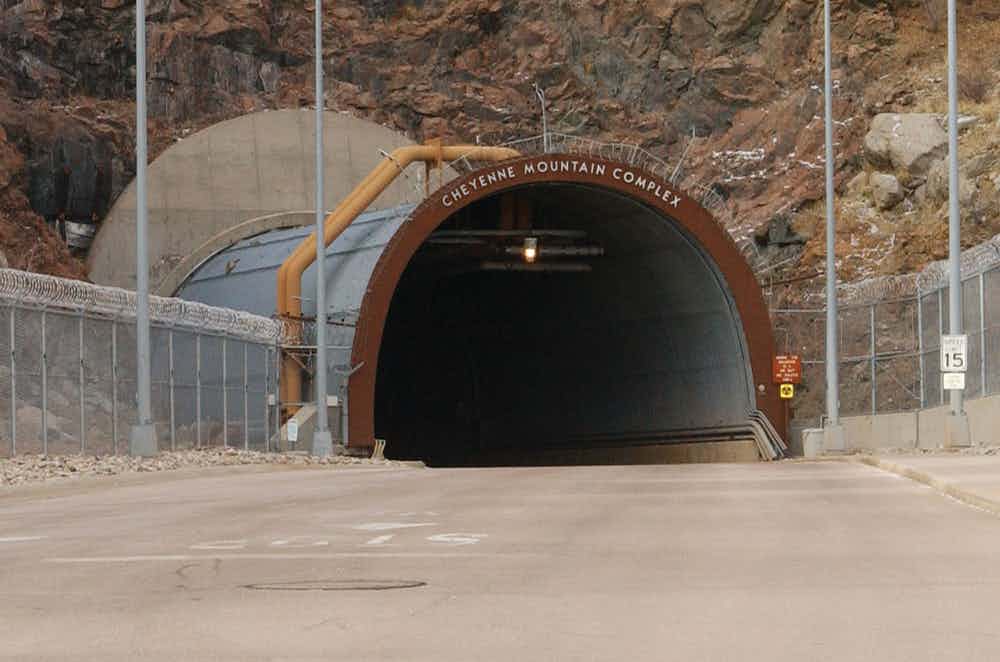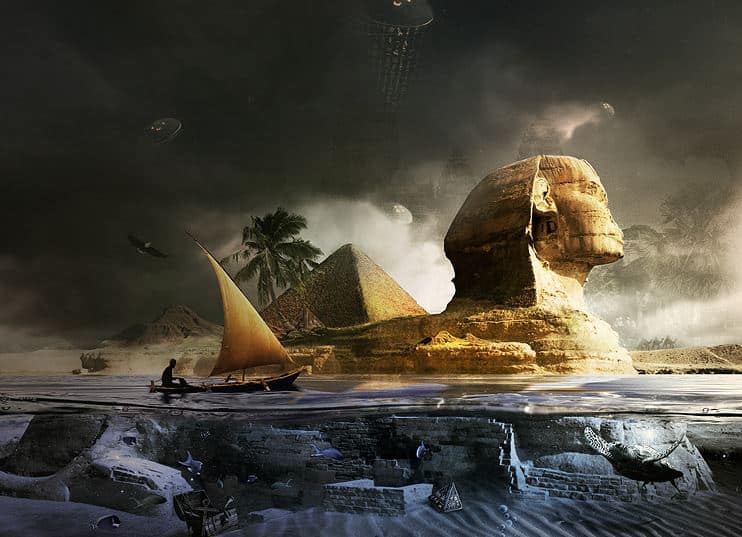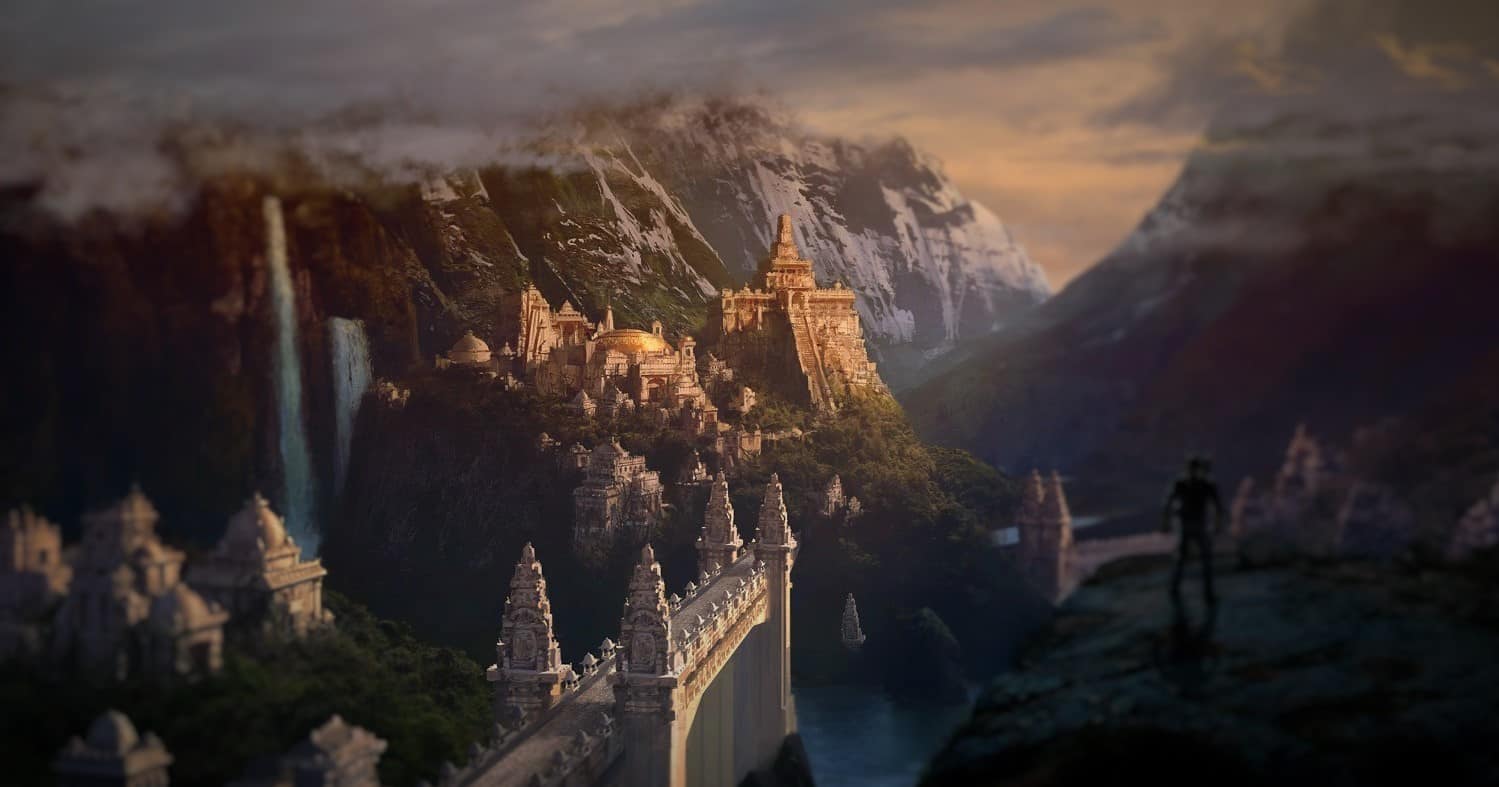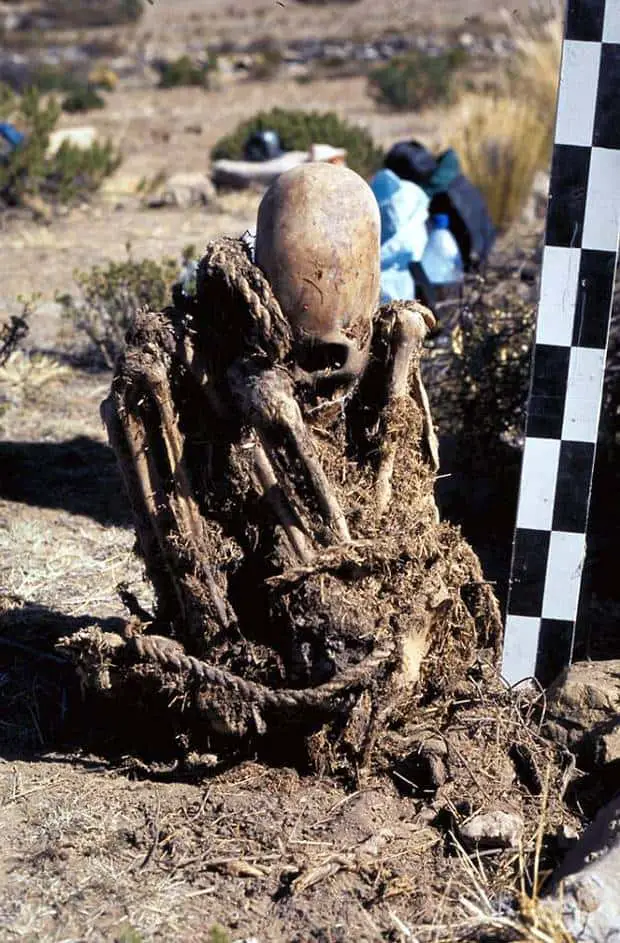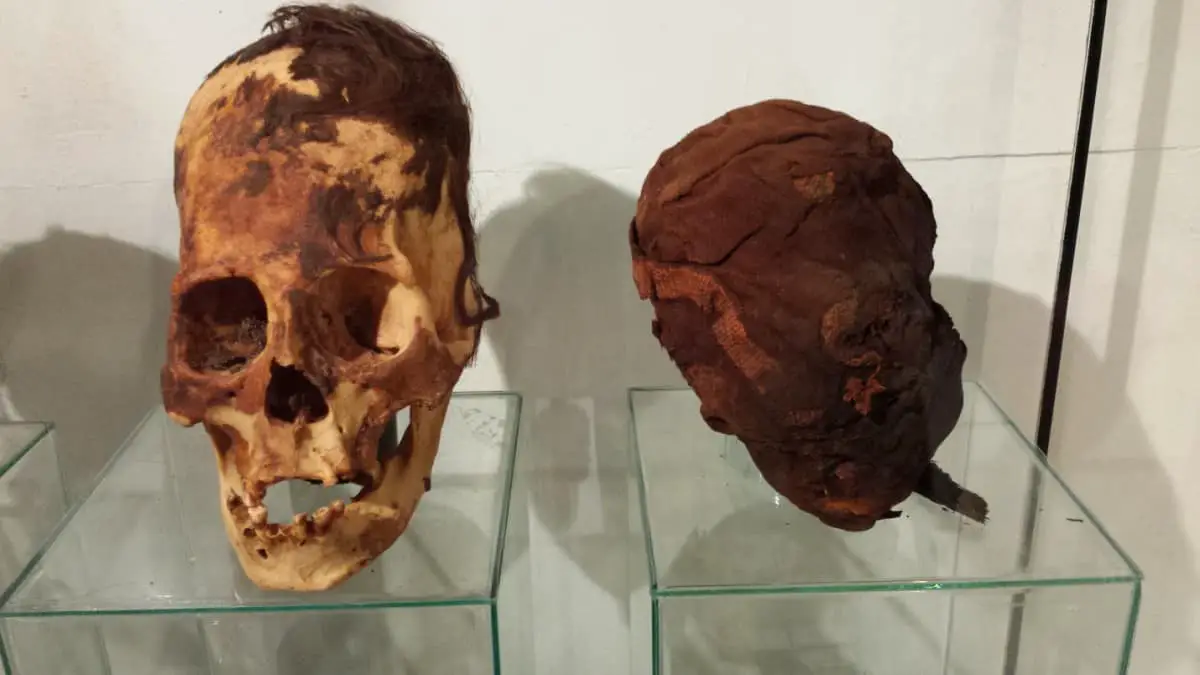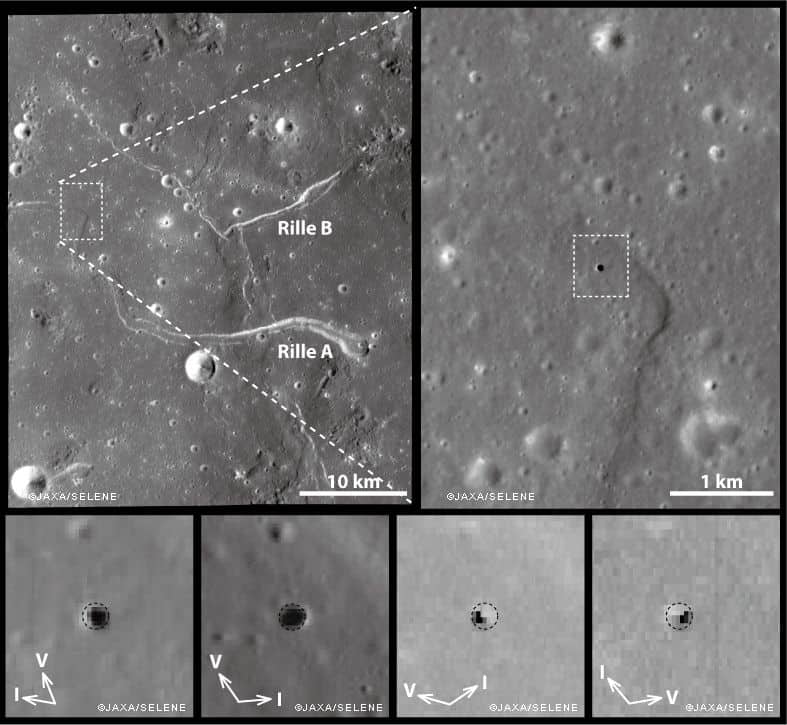
Off the coast of Egypt, divers discovered something that was thought to be lost a long time ago. In fact, it was only considered a myth, but you know what they say, a think line divides myth from reality.
The Ancient city of Heracleion dates back to the 6th century B.C. and holds some of the most beautiful artifacts, monuments and art you could imagine.
The city of Heracleion—not to be confused with the city of Heraklion which is the largest city and the administrative capital of the island of Crete—is one of the many ancient cities shrouded in myth. Thought to be a mythical city for hundreds of years, Heracleion was swallowed by the Mediterranean Sea, buried by sand and mud for a period of over 1,200 years.
Even though this now-submerged city was known to many ancient Greek philosophers, among them Herodotus, who referred to this ancient city in numerous of his writings, the existence of this city wasn’t proven until the nineteenth century.
The ancient port city was founded around 3,000 years ago, located today at Abu Qir bay, 15 miles north-east of Alexandria.
What was once a prosperous coastal city today it remains submerged under 150 feet of water, in what is now the Bay of Aboukir.
Its beauty, unmatched for centuries is only part of the incredible story that encompasses this ancient city. For centuries it was thought to be a legend just like Atlantis, it was a city of extraordinary wealth mentioned by Herodotus, and even visited by Helen of Troy and Paris, her lover.
Among the items found there were giant statues of the ancient Egyptian goddess Isis, Hapi and figures of a mysterious and unknown Egyptian Pharaoh, all of them were found in a surprisingly good condition.
For Pharaohs of ancient Egypt Thonis, as it was referred to, was considered as the main port due to its geographical position. It was there, where trade was mainly done, and where visitors from Greece and other countries sailed to. Archaeologists have found over six hundred antique anchors of various shapes and over sixty shipwrecks dating from the sixth to the second century BC.

